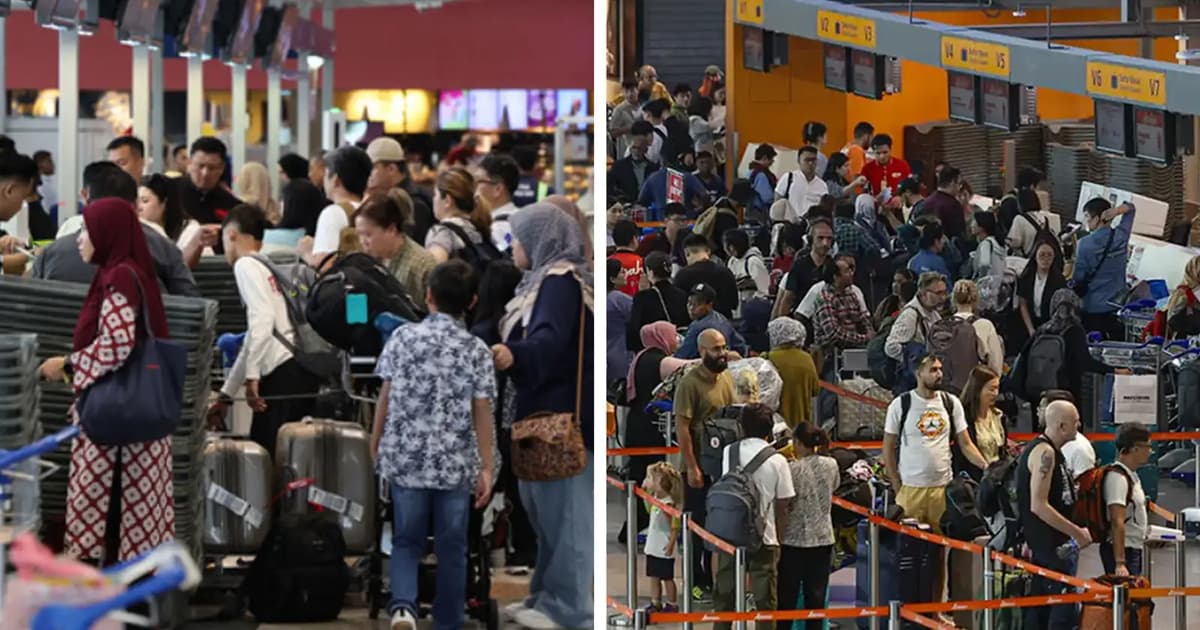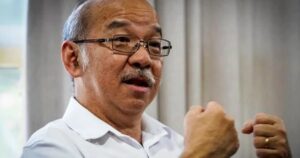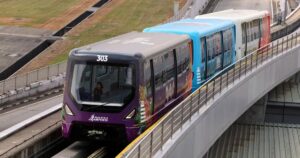
As a regular user of KLIA, both Terminal 1 and Terminal 2, I have observed with concern how Malaysia’s main international gateway has been slipping in service quality.
Once a source of national pride, KLIA is now showing cracks in planning, maintenance and passenger management.
Capacity upgrades
Both terminals are increasingly overcrowded. While strong passenger traffic reflects healthy demand, growth without matching upgrades only magnifies weaknesses.
Arrival halls, especially immigration counters for foreign visitors, are bogged down by long queues.
For first-time tourists, this is hardly the welcome Malaysia should be offering.
Within Terminal 1, the aerotrain — connecting the main terminal to its satellite building — has become another weak point.
Its closure for nearly two weeks in August highlighted how fragile KLIA’s operations have become.
For an airport that brands itself as a global hub, even short disruptions erode passenger confidence.
Despite the introduction of self check-in terminals, many of the bag drop counters in the departure halls struggle with long queues.
No inter-terminal transfers
The real failure lies in KLIA’s design. There is no seamless way to transfer between Terminal 1 and Terminal 2.
The aerotrain does not serve both terminals.
Passengers connecting between domestic and international flights must exit through immigration, reclaim their baggage, and then check-in again at the other terminal.
This is not just inconvenient — it is a fundamental design flaw that undermines KLIA’s role as a hub airport.
No serious international gateway forces its transit passengers through this ordeal.
Airports in Singapore, Dubai and Doha have long mastered integrated transfers, ensuring speed, reliability and comfort.
KLIA, by contrast, was built without foresight and is now handicapped by its own planning mistakes.
Terminal 2 and the e-hailing mess
Terminal 2 is under equally heavy strain.
Its design feels more like a shopping mall than an airport, with long stretches of retail space and only narrow corridors reserved for passengers.
This compromises flow and adds to congestion.
Once checked in, travellers face an unnecessarily long trek to reach their departure gates — often through winding paths designed to maximise retail exposure rather than passenger convenience.
The same ordeal awaits on arrival, where passengers are forced into another long walk before reaching immigration and baggage claim.
This “mall-first, passenger-second” approach reflects misplaced priorities.
While retail revenue may be important for airport operators, the primary function of an airport is to move people efficiently and comfortably.

At Terminal 2, commercial gain seems to have taken precedence over passenger experience, leaving travellers exhausted and dissatisfied.
The e-hailing system here is especially deplorable.
At Level 1, passengers waiting for rides are crammed into a poorly designed holding area with inadequate boarding facilities.
What makes this worse is the airport operator’s decision to impose a RM2 fee on every e-hailing vehicle entering the pickup zone.
With thousands of cars passing through daily, the revenue collected is significant — yet no improvements have been made to ease passenger congestion or enhance facilities.
This reflects misplaced priorities and a disregard for basic passenger needs.
Maintenance and reliability
The recent power outage at Terminal 2 has reinforced doubts about the airport’s maintenance standards.
World-class airports invest heavily in reliability and backup systems; KLIA, instead, has been plagued by recurring breakdowns — from aerotrain closures to power failures.
KLIA is Malaysia’s front door to the world, yet it is underperforming on nearly every front that matters — efficient transfers, passenger comfort and operational reliability.
The absence of inter-terminal connectivity alone is enough to disqualify it from being considered a true hub airport.
If KLIA cannot even provide basic connectivity between its two terminals, it has no business calling itself a hub.
MAHB’s new shareholders must decide either to invest in properly upgrading KLIA in line with global standards or accept that this airport will remain a second-tier player in global aviation.
We cannot claim to be in the same league as Singapore, Dubai or Doha.
The author can be reached at: [email protected]
The views expressed are those of the writer and do not necessarily reflect those of FMT.






